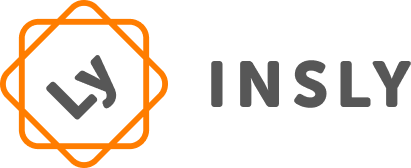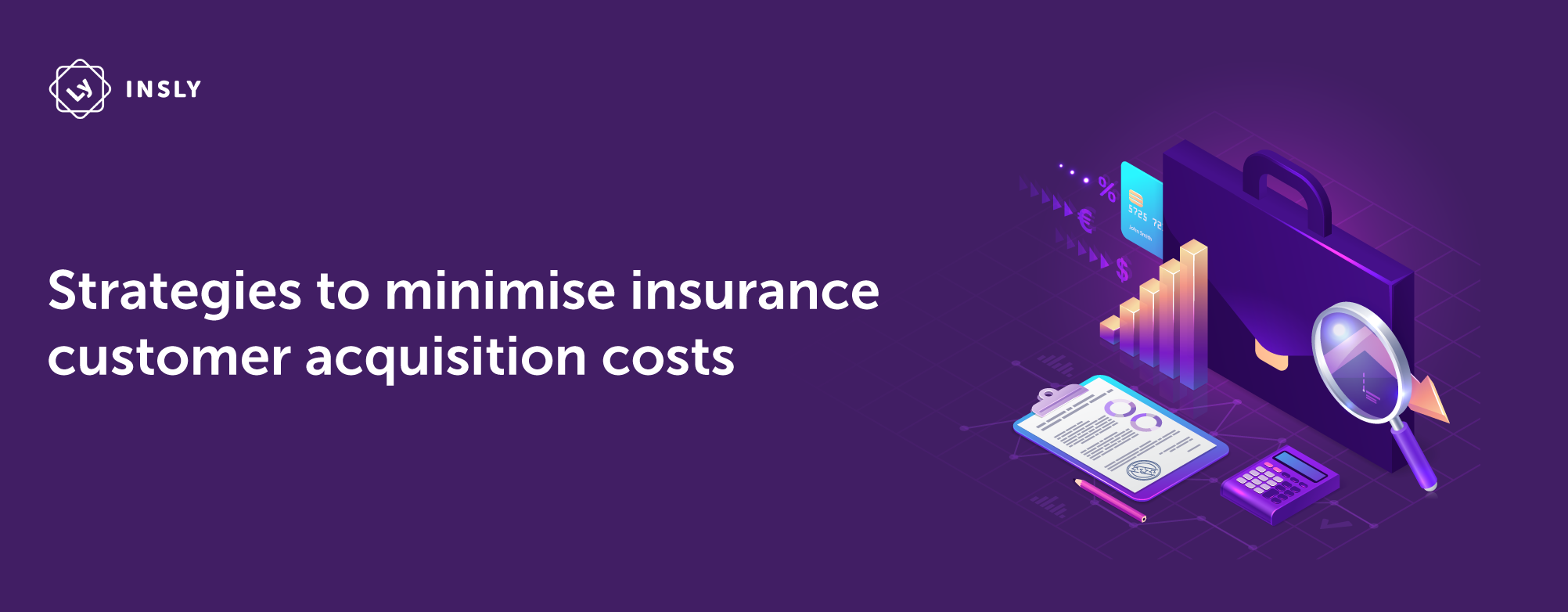Customer acquisition costs in the insurance industry are notoriously high, but there are several effective strategies that insurance professionals can employ to reduce these expenses. By implementing the following best practices, insurers can streamline their acquisition process and improve their bottom line.
Leverage Digital Marketing and Automation
One of the most effective ways to reduce customer acquisition costs is by embracing digital marketing and automation:
- Implement targeted online advertising campaigns using data analytics to reach the most promising prospects
- Utilize email marketing automation to nurture leads and guide them through the sales funnel
- Develop a strong social media presence to engage with potential customers and build brand awareness
- Create valuable content that addresses common customer pain points and questions
By focusing on digital channels, insurers can reach a wider audience at a lower cost compared to traditional marketing methods.
Digital marketing and automation offer insurers a powerful toolkit to reduce customer acquisition costs while expanding their reach. By leveraging data analytics, companies can create highly targeted advertising campaigns that speak directly to the needs and interests of their ideal customers. This precision targeting ensures that marketing budgets are spent efficiently, reaching those most likely to convert.
Email marketing automation is another crucial component of this strategy. By setting up automated email sequences, insurers can nurture leads over time, providing valuable information and building trust without requiring constant manual intervention. This approach allows for consistent communication with potential customers, keeping the insurer top-of-mind when the prospect is ready to make a decision.
Social media presence is no longer optional in today’s digital landscape. It provides a platform for insurers to showcase their brand personality, share valuable content, and engage directly with potential customers. By creating and maintaining an active social media presence, insurers can build brand awareness and trust, which can significantly reduce the cost and effort required to convert leads into customers.
Content creation is a cornerstone of digital marketing strategy. By producing high-quality, informative content that addresses common customer concerns and questions, insurers position themselves as trusted authorities in their field. This not only attracts potential customers but also helps to educate them about insurance products, potentially streamlining the sales process and reducing acquisition costs.
Optimize the Customer Journey
A smooth, user-friendly customer experience can significantly impact acquisition costs:
- Streamline the quote and application process to reduce abandonment rates
- Offer self-service options for simple policies and claims
- Provide clear, jargon-free information about products and coverage
- Implement chatbots or virtual assistants to handle basic inquiries and guide customers
Insly’s product distribution software can help insurers create efficient, user-friendly customer journeys for both direct and broker-led distribution channels.
Optimizing the customer journey is crucial in reducing acquisition costs and improving conversion rates. A streamlined quote and application process is essential in today’s fast-paced digital world. Customers expect quick, easy-to-understand processes, and any friction in this journey can lead to abandonment. By simplifying these processes and making them as user-friendly as possible, insurers can significantly reduce the number of potential customers who drop out before completing their purchase.
Self-service options are becoming increasingly popular among consumers across all industries, and insurance is no exception. By offering self-service portals for simple policies and claims, insurers can reduce the workload on their customer service teams while providing customers with the convenience and control they desire. This not only improves customer satisfaction but also reduces operational costs associated with customer acquisition and retention.
Clear, jargon-free communication is vital in the insurance industry, where products can often be complex and confusing to the average consumer. By providing easily understandable information about products and coverage, insurers can build trust with potential customers and reduce the time and resources needed to explain policies during the sales process. This transparency can lead to faster decision-making by customers and lower acquisition costs for insurers.
Chatbots and virtual assistants have become powerful tools in customer service and acquisition. These AI-powered solutions can handle basic inquiries 24/7, providing instant responses to potential customers and guiding them through the initial stages of the customer journey. By automating these interactions, insurers can reduce the workload on their human staff while ensuring that potential customers receive prompt attention at any time of day or night.
Leverage Data and Analytics
Data-driven decision-making can help insurers target the right customers and optimize their acquisition strategies:
- Use predictive analytics to identify high-value prospects
- Analyze customer data to personalize offerings and messaging
- Implement A/B testing to refine marketing campaigns and website design
- Monitor key performance indicators (KPIs) to continuously improve acquisition efforts
In today’s data-rich environment, leveraging analytics is crucial for insurers looking to minimize customer acquisition costs. Predictive analytics can be a game-changer in identifying high-value prospects. By analyzing historical data and current market trends, insurers can create models that predict which potential customers are most likely to convert and provide long-term value. This allows for more targeted marketing efforts, reducing wasted resources on less promising leads.
Personalization has become a key expectation for consumers across all industries, and insurance is no exception. By analyzing customer data, insurers can create highly personalized offerings and messaging that resonate with individual prospects. This could include tailoring policy recommendations based on a customer’s life stage, occupation, or past insurance history. Personalized communication can significantly increase conversion rates and reduce the overall cost of acquisition.
A/B testing is a powerful tool for continuously refining marketing campaigns and website design. By systematically testing different versions of advertisements, email subject lines, landing pages, and other customer touchpoints, insurers can identify what resonates best with their target audience. This iterative process of testing and improvement can lead to significant increases in conversion rates over time, effectively lowering the cost per acquisition.
Monitoring key performance indicators (KPIs) is essential for any data-driven strategy. By tracking metrics such as cost per lead, conversion rate, customer lifetime value, and return on ad spend, insurers can gain a clear picture of the effectiveness of their acquisition efforts. This ongoing monitoring allows for quick identification of areas for improvement and enables insurers to make data-backed decisions to optimize their acquisition strategies continually.
Focus on Customer Retention and Referrals
Retaining existing customers and encouraging referrals can significantly reduce acquisition costs:
- Implement loyalty programs to incentivize customer retention
- Provide excellent customer service to boost satisfaction and reduce churn
- Encourage and reward customer referrals through referral programs
- Cross-sell and upsell to existing customers to increase their lifetime value
Customer retention and referrals are powerful tools in reducing overall acquisition costs. Loyalty programs can be an effective way to incentivize customers to stay with an insurer long-term. These programs might offer perks such as discounts on premiums, cashback rewards, or exclusive services for loyal customers. By increasing retention rates, insurers can reduce the need for constant new customer acquisition, which is typically more expensive than retaining existing customers.
Excellent customer service is fundamental to both retention and referrals. When customers feel valued and well-served, they’re more likely to stay with their current insurer and recommend the company to others. This could involve providing prompt, helpful responses to inquiries, offering proactive policy reviews, and ensuring smooth claims processes. Satisfied customers are not only less likely to churn but also more likely to become brand advocates, effectively becoming a free marketing channel.
Referral programs can be a cost-effective way to acquire new customers. By incentivizing existing customers to refer friends and family, insurers can tap into trusted networks and gain new customers at a fraction of the cost of traditional marketing methods. These programs might offer rewards such as premium discounts or cash bonuses for successful referrals, creating a win-win situation for both the referrer and the insurer.
Cross-selling and upselling to existing customers is another effective strategy to increase customer lifetime value without incurring the high costs of new customer acquisition. By analyzing customer data and identifying opportunities to offer additional or upgraded products, insurers can increase revenue from their existing customer base. This approach not only increases profitability but also strengthens customer relationships by providing more comprehensive coverage.
Embrace Partnerships and Distribution Channels
Expanding distribution channels can help insurers reach new customers more efficiently:
- Partner with complementary businesses to offer bundled products or services
- Explore embedded insurance opportunities to reach customers at the point of sale
- Optimize broker relationships using technology and data-driven insights
- Consider affinity partnerships with organizations that have established customer bases
Embracing partnerships and diversifying distribution channels can significantly reduce customer acquisition costs by leveraging existing customer bases and touchpoints. Partnering with complementary businesses to offer bundled products or services can provide added value to customers while opening up new acquisition channels. For example, an auto insurer might partner with a car dealership to offer insurance at the point of vehicle purchase, reaching customers when insurance is top of mind.
Embedded insurance is an emerging trend that offers significant potential for efficient customer acquisition. By integrating insurance offerings into the purchase process of related products or services, insurers can reach customers at the exact moment when insurance is most relevant. This could include offering travel insurance during flight bookings or device insurance when purchasing electronics. This approach not only reduces acquisition costs but also improves the customer experience by providing seamless, contextual insurance options.
Optimizing broker relationships is crucial for insurers who rely on this traditional distribution channel. By leveraging technology and data-driven insights, insurers can provide brokers with the tools and information they need to sell more effectively. This might include providing real-time quoting tools, customer relationship management systems, or analytics dashboards. By empowering brokers to work more efficiently and effectively, insurers can improve conversion rates and reduce acquisition costs through this channel.
Affinity partnerships with organizations that have established customer bases can be a highly effective way to reach new customers. These partnerships might involve offering co-branded insurance products to members of professional associations, alumni groups, or large employers. By tapping into these existing relationships and leveraging the trust these organizations have with their members, insurers can acquire customers more efficiently than through broad-based marketing efforts.
Invest in Employee Training and Development
Well-trained employees can significantly impact acquisition costs:
- Provide comprehensive training on products, sales techniques, and customer service
- Implement performance-based incentives to motivate sales teams
- Encourage continuous learning and professional development
- Foster a culture of innovation and customer-centricity
Investing in employee training and development is a crucial strategy for reducing customer acquisition costs in the insurance industry. Well-trained employees are more effective at converting leads into customers, providing excellent customer service, and retaining existing clients. Comprehensive training programs should cover not only product knowledge but also sales techniques and customer service skills. This ensures that employees can effectively communicate the value of insurance products to potential customers and handle any queries or concerns that may arise during the sales process.
Performance-based incentives can be a powerful tool for motivating sales teams and improving acquisition rates. By aligning incentives with key performance indicators such as conversion rates, customer satisfaction scores, and policy retention, insurers can encourage behaviors that lead to more efficient customer acquisition and retention. These incentives might include bonuses, commission structures, or non-monetary rewards such as recognition programs or career advancement opportunities.
Encouraging continuous learning and professional development is essential in the rapidly evolving insurance industry. This might involve providing access to industry certifications, offering regular workshops or seminars on emerging trends, or supporting employees in pursuing advanced degrees. By investing in their employees’ growth, insurers can build a more knowledgeable and capable workforce that is better equipped to meet the changing needs of customers and the market.
Fostering a culture of innovation and customer-centricity is crucial for long-term success in reducing acquisition costs. This involves encouraging employees at all levels to contribute ideas for improving processes, products, and customer experiences. By creating an environment where innovation is valued and customer needs are at the forefront of decision-making, insurers can develop more effective acquisition strategies and build stronger, more lasting relationships with their customers.
Utilize Artificial Intelligence and Machine Learning
AI and machine learning can help insurers automate processes and make more informed decisions:
- Implement AI-powered chatbots for customer service and lead qualification
- Use machine learning algorithms to improve risk assessment and pricing
- Leverage AI for fraud detection and claims processing
- Employ predictive analytics to identify cross-selling and upselling opportunities
Artificial Intelligence (AI) and Machine Learning (ML) technologies offer insurers powerful tools to reduce customer acquisition costs while improving overall efficiency and decision-making. AI-powered chatbots can significantly enhance customer service capabilities by providing instant, 24/7 support to potential customers. These chatbots can handle a wide range of inquiries, from providing basic product information to guiding customers through the initial stages of the quote process. By automating these interactions, insurers can reduce the workload on human staff while ensuring that potential customers receive prompt attention at any time, potentially increasing conversion rates.
Machine learning algorithms can revolutionize risk assessment and pricing strategies. By analyzing vast amounts of data, including historical claims data, demographic information, and even real-time data from IoT devices, ML models can provide more accurate risk assessments. This leads to more precise pricing, allowing insurers to offer competitive rates to low-risk customers while appropriately pricing higher-risk policies. More accurate pricing can attract and retain desirable customers, effectively reducing acquisition costs over time.
AI can also play a crucial role in fraud detection and claims processing. By analyzing patterns and anomalies in claims data, AI systems can flag potentially fraudulent claims for further investigation, reducing losses and keeping premiums competitive. In claims processing, AI can automate many routine tasks, speeding up the claims process and improving customer satisfaction. Faster, more efficient claims handling can lead to higher customer retention rates and positive word-of-mouth referrals, both of which can reduce overall acquisition costs.
Predictive analytics powered by AI can be a game-changer in identifying cross-selling and upselling opportunities. By analyzing customer data and behavior patterns, these systems can predict which additional products or services a customer is likely to need or want. This allows insurers to make timely, relevant offers to existing customers, increasing their lifetime value without incurring the high costs associated with new customer acquisition. Moreover, by targeting the right customers with the right products at the right time, insurers can improve conversion rates and customer satisfaction.
By implementing these strategies, insurance professionals can significantly reduce their customer acquisition costs while improving overall efficiency and customer satisfaction. Remember that the key to success lies in continuously analyzing and optimizing your approach based on data-driven insights and evolving customer needs.



